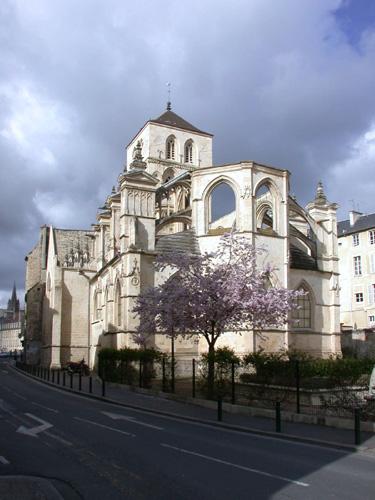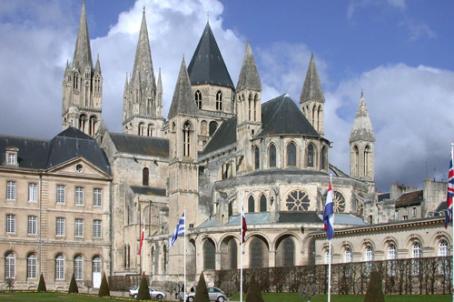Vieux-Saint-Sauveur Church, Caen

The church is composite and displays elements from different periods. The nave and the side aisles date from the XIV century, while the choir and the chapels are from the XVI century.
About this building
It has a Latin cross plan with a cut section at the apse. The entrance portal is integrated into the secular facades adjoining the building and stands on two levels, the second of which is pierced by a bay with a sculpted frieze and cornice.



